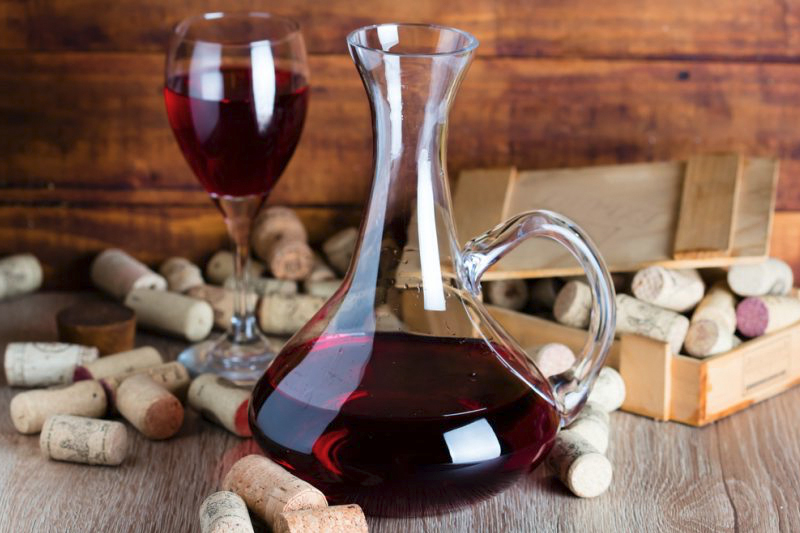Wine for Passover notes prompted more mail than most recent columns. Thank you all for reading and responding. The following information answers some of the questions and comments. While there are many wines that are labeled Pareve, not all are approved for Passover. To be served at Seder, make sure the word Mevushal appears on the label. Seder is the first day meal of Passover and an affirmation ceremony. Biblical days start at sunset. Passover is actually a seven- or eight-day observation (depending on which form of Judaism is followed) commemorating the escape of Jews from Egyptian slavery, as described in Exodus in the Bible. Following are two very good sources to learn more of traditions and wine for holidays https://www.thewinecellarinsider.com/wine-topics/mevushal-wine-kosher-wine-definitions-explanations/ and http://www.chabad.org/holidays/passover/pesach_cdo/aid/1748/jewish/The-Wine.htm.
In addition to those discussed in the past two columns, here are some approved and very good picks. Teal Lake Reserve Shiraz 2015 notes say cherry, berry, anise, smooth, 13 percent alcohol, $18. Their Chardonnay 2015 is decent; find melon, toast, apple, grapefruit and citrus aromas, $14. Baron Herzog Old Vine Zin 2014 from Lodi, Calif., is huge at 15 percent, oak-driven spices, vanilla, jam flavors, tannic, let it breathe. The older the better on this. Herzog Clarksburg Chardonnay shows peaches and green apples, $15, 87 McD points. Herzog Orange Muscat Late Harvest, 86 McD, is a lovely sweet that goes with many cheeses, almonds and apricot desserts, 8 percent alcohol, citrus and apricot, $20. Orange wine is trendy now. At the Herzog tasting I was able to sample a 2010 and 2012 Alexander Valley Special Reserve Cab Sauv. Both were excellent. Unfortunately, I did not note if they were Mevushal. These typically score around 88 points and sell for $35-$40.
Their Napa Reserve scored in the same range and sells about $15-$20 higher. Best recent vintage was 2012.
For Rachel, I had to research this: A commonly held misconception by the gluten-free and those suffering celiac disease is that the dietary laws will make you safe. Some gluten-free products containing oats (not acceptable) are on the market. Also, many holiday dishes call for matzoh meal or farfel. If you are a victim of these illnesses and wish to follow a careful diet, look for non-gebrokts products which are gluten free. These are typically made with potato or tapioca starch. Unfortunately, they are a bit more expensive. Obviously, McDonald is no expert on Hebraic dietary laws. Please consult your rabbi on any questions.
Easter is closely intertwined with Passover. Jesus and his followers went to Jerusalem for Passover, a trip required of all Jewish men of that time. Seder is known to most Christians as The Last Supper. Until the second destruction of the Temple in AD 70, lamb was often part of the Seder meal. Since that time, there is controversy surrounding the practice. Christians, and for that matter many peoples in the Northern hemisphere enjoy lamb and early greens during the spring season, when both are widely available. In the Southern hemisphere, the spring season is September thru December-January. Of course, modern science has interfered with this cycle and lamb is available most of the year. A factoid, Mongolia is the largest #/person consumer at nearly double any other country.
There are three varietal wines that immediately come to my mind when lamb is on our menu: Cabernet Sauvignon, Syrah and Shiraz. Although Shiraz and Syrah are the same varietal grape, Shiraz is quite different due to the terroir where it's grown, primarily in Australia. Shiraz will exhibit riper fruit, plum, blackberry, chocolate and spice. Those from Southern Australia regions show pepper notes that are found in many Syrah also. Generally speaking the best-made Shiraz has a longer shelf life in your cellar than Syrah. The name Syrah seems to have come from Shiraz in Persia derived about 600 BC.
These are large black grapes that provide wine with these characteristics: leather, meat, game, smoky, spicy and peppery flavors. Originally, Syrah was most successful in the Rhone region of France. It is now ubiquitous. Sampling a selection from each region is a wonderful way to look at terroir and its impact on wine. Next week we'll address a group of suggestions available in our area.
















































